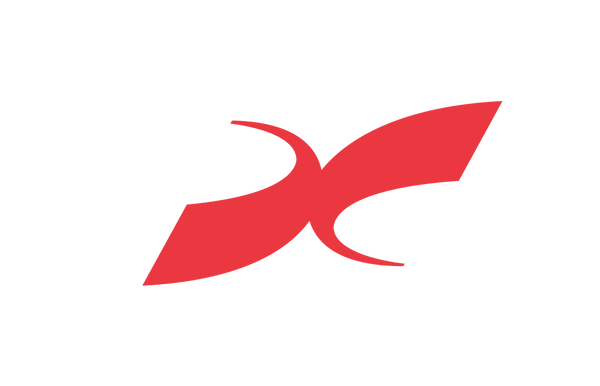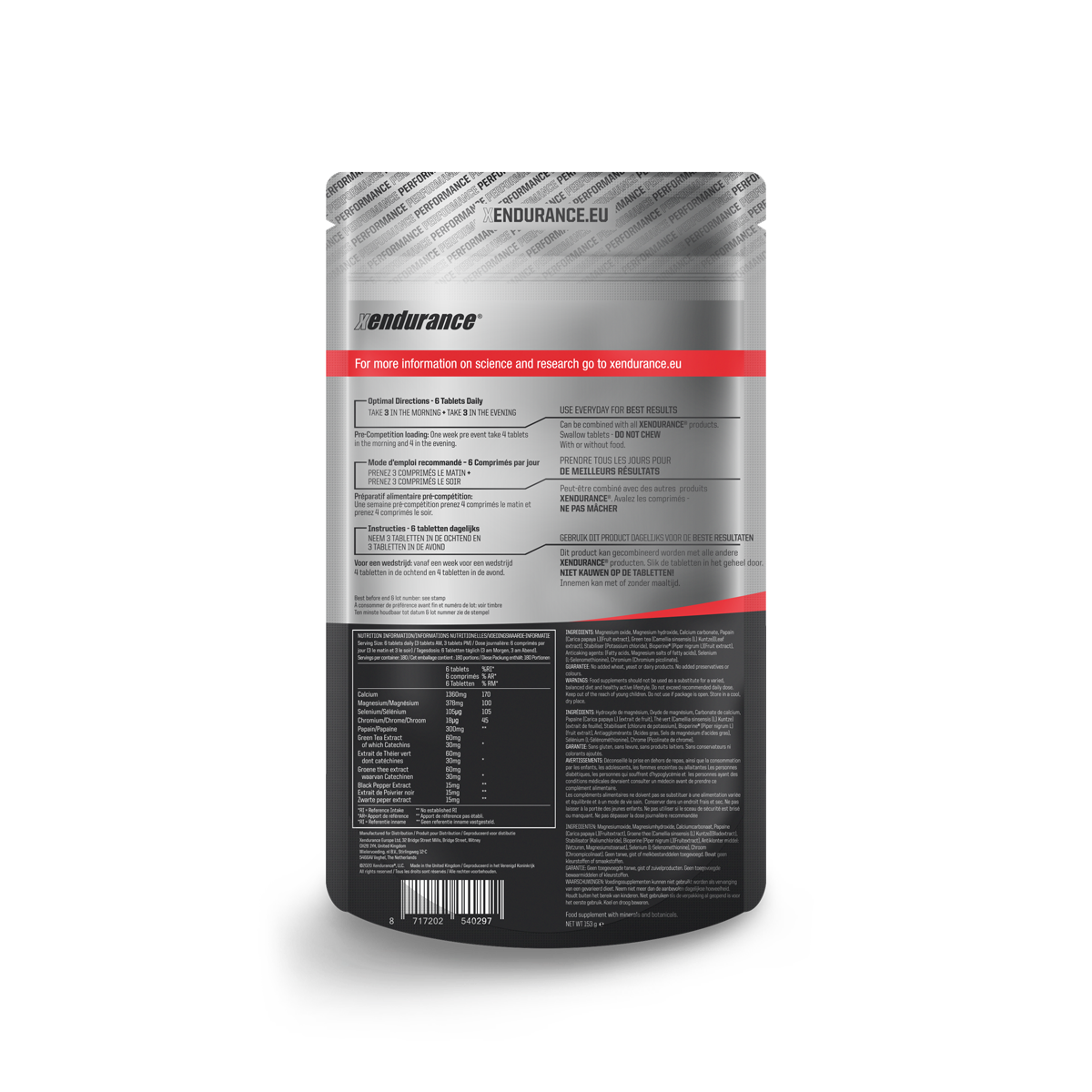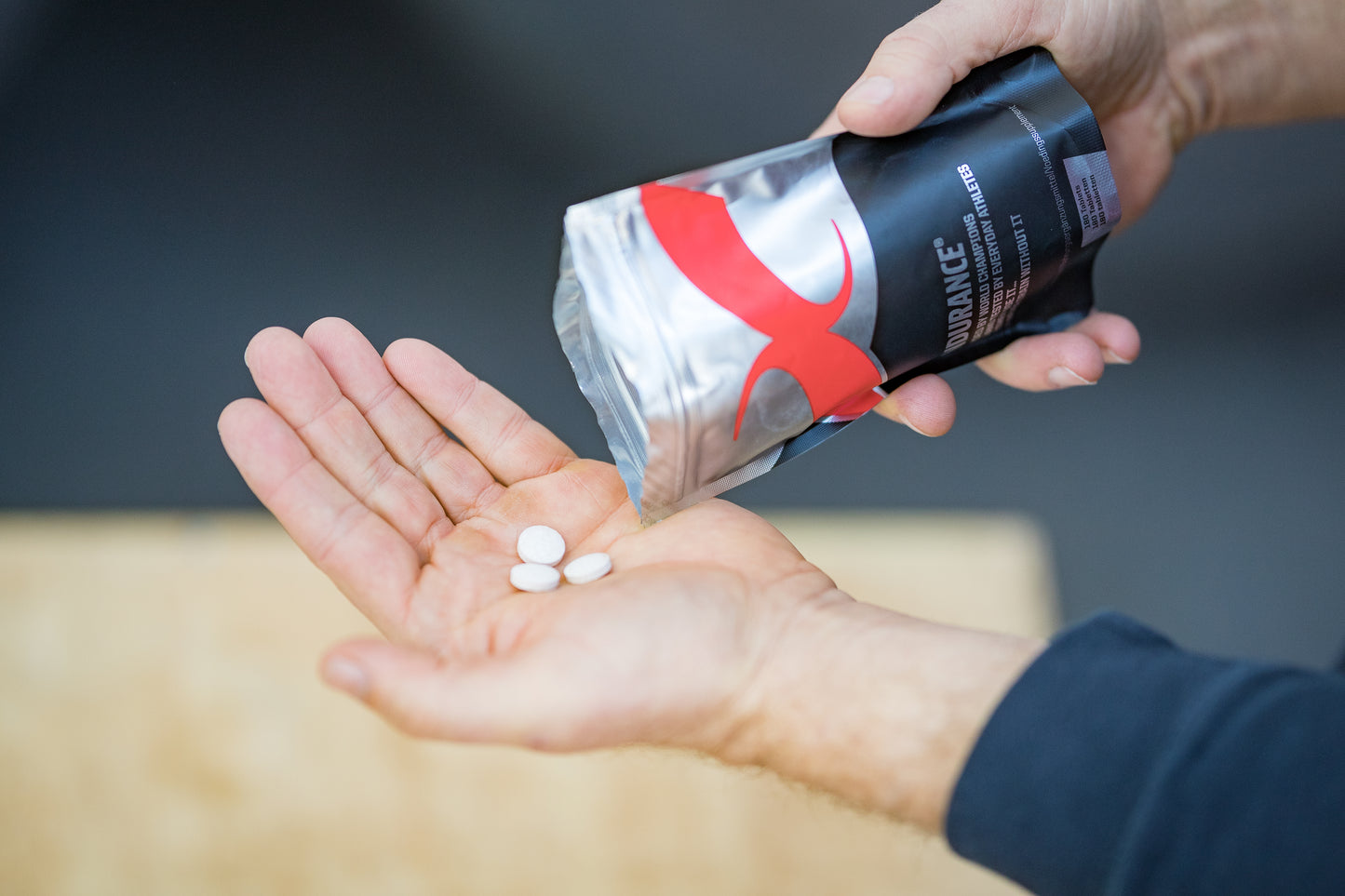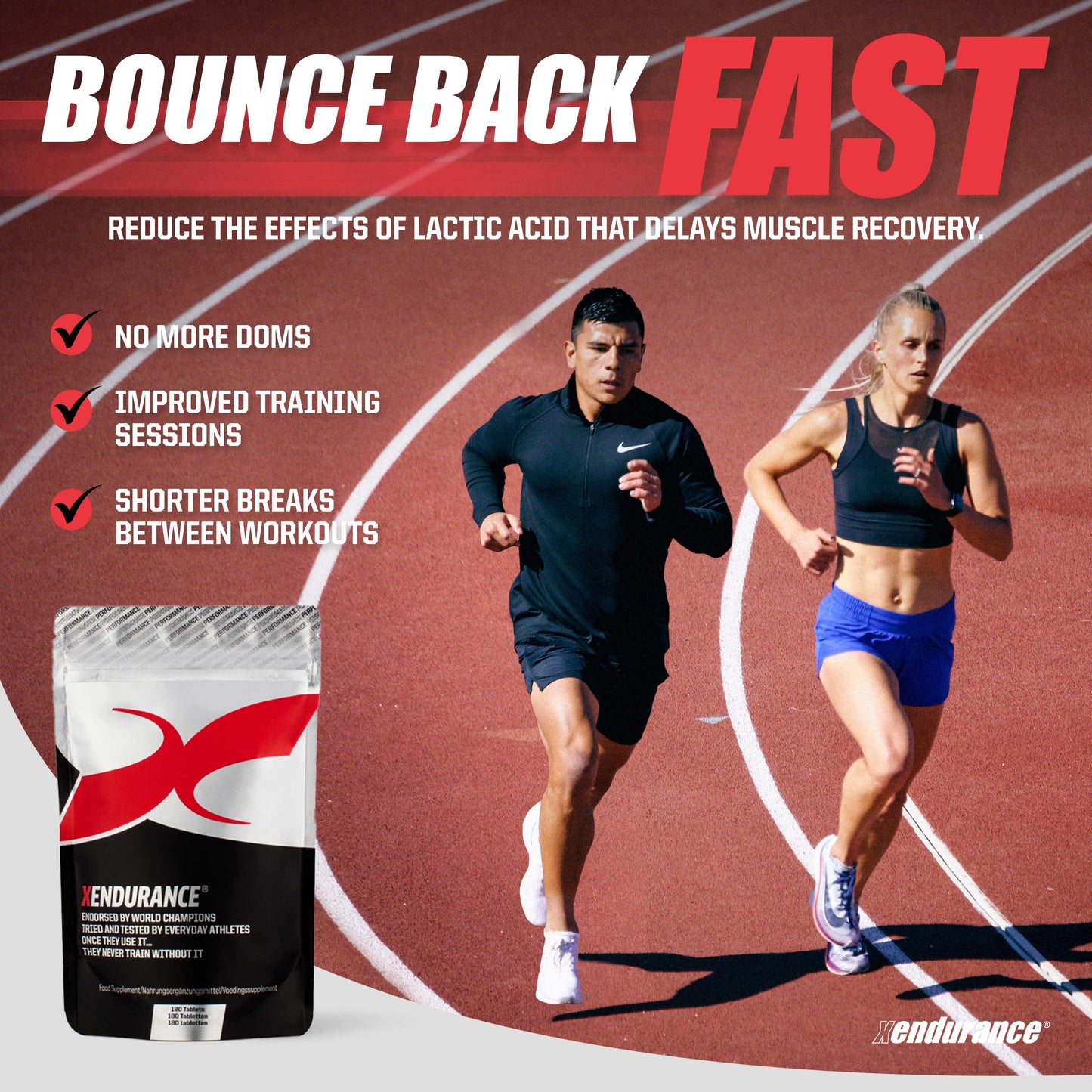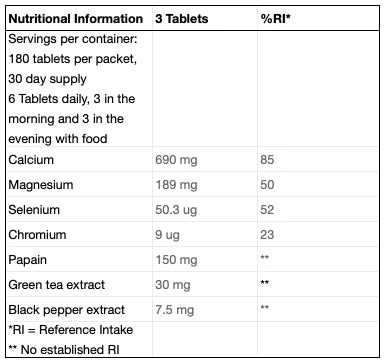The ability to utilise stored body-fat to produce energy is of utmost importance for the endurance athlete. Triathletes can benefit from both the measurement and training of their ability to burn fat. Simply put, if you can utilise your fat stores to produce energy then you can preserve your glycogen stores (sugars stored in the muscles, blood and liver) a little longer. One massive benefit of this is that you are less likely to have gastro-intestinal (GI) issues during a race. This blog is not about burning fat in order for you to aid weight loss (although this may in fact happen) but it is about burning fat to improve your endurance performance!
Running typically shows higher levels of fat burning than cycling.
Firstly, the gases that you breathe in, and more importantly out, of your lungs gives us a very good idea of whether you are burning glucose or fat. These expired gases can be measured in the laboratory during cycling or running tests. It is then possible to plot a graph comparing the contributions of fat and glucose to energy production, against speed/power or heart rate. Values vary widely between individuals and without testing it is difficult to predict where your fat burning ability lies. Testing and re-testing allows for improved training prescription and changes to diet.
So, if you would like to reach your fat burning potential, what should you do? Basically you need to manipulate your input (diet) and your output (exercise) to stimulate physiological adaptations:
Fasted sessions: your body will always choose to burn glycogen/glucose if its present and therefore training when you haven’t eaten for a long time will combat this (minimum 6 hours). The most simple option is to train 1st thing in the morning without having breakfast (or indeed any calories). The caffeine from a black coffee may help to focus the mind and reduce the RPE (perception of effort) that you will likely feel once you start exercising.
Further enhanced fasted training would possibly involve eating nothing following your evening meal the night before (say 7pm); avoid the glass of wine, crisps or chocolate in the late evening. This will give you a head start on the fasting. A further technique to be used (with a little caution) is to perform a high intensity interval type session on the evening before your fasted session the following morning. The intervals will expend much of the glycogen that is stored in your blood, muscles and liver. Immediately following the interval session eat a snack containing protein and fat but low or absent in carbohydrates. When you start the fasted session next morning you will begin from a fully depleted state. Fasted sessions cause additional strain to the body and are best utilised only once or twice per week (at most).
Double Sessions: Possibly an even better option than the fasted early morning sessions discussed above is regular double training sessions per day. The first session will inevitably deplete muscle glycogen stores (the amount will be dependent upon the intensity and duration of the session). The second session, scheduled for say 6-8 hours later, will likely be completed with lower initial muscle glycogen stores especially if overall carbohydrate intake has been low to moderate. This second session will therefore encourage the body to look to fat as a fuel source. If this pattern of double sessions continues day after day then it is likely that fat burning will improve simply due to training volume and reduced ability to restore muscular glycogen fully between sessions.
Training zones: as exercise intensity goes up so does the need to burn carbohydrate (think of it as the turbo on a diesel engine) and so the utilisation of fat decreases. If you have done the lab testing it will be possible to identify the appropriate run speed, bike power and heart rates at which you burn most fat and importantly the effort levels at which you begin to rely more heavily on carbs. Training can then be tailored to remain in the fat burning zone. Generally speaking, fat will provide a significant contribution to energy production in so-called Zone 2 (aerobic endurance) or 68-79% of max heart rate. In terms of maximal oxygen uptake (VO2 max): the largest fat burning values typically occur between 59% and 64% of VO2 max in trained individuals.
Fat burning is one of the physiological adaptations that your body can only make if you train slow or easy! Interestingly, if you spike your effort level (to beat a red light, chase someone you don’t even know on Zwift or simply because you think faster is always better) then you can negate your fat burning quite drastically. Even a short effort, causes an insulin spike (to mobilise the glucose) which can switch off fat burning for up to 20-30mins. Duration of training is also important; longer is better here. Fat burning increases throughout the length of the exercise session (as glycogen is used up). Athletes training with overall higher weekly volumes are likely to have greater fat burning capacity, although this is only a generalisation.
Diet: by reducing your daily carbohydrate intake in favour of protein and fat you will further stimulate your body to burn fat more efficiently. This doesn’t mean you have to adopt, the much publicised, high fat-low carb diet but you can maintain protein and fat intake whilst adjusting carbohydrate intake to suit your daily needs, i.e. increase or reduce the carb content of your meals based on that day’s training demands and goals. For example, in so-called base training you may reduce the carbohydrate content of pre-workout meals (as per the fasted advice above), as one of the goals of this phase is to improve fat burning. Race pace simulations or intense efforts, on the other hand, require adequate glycogen prior to the session and possibly also carbohydrate ingestion during the session. This will help to ensure optimum performance as the goal here is to perform to your best.
Post-workout is a good time to take on simple, easy to digest carbohydrates (with protein) to aid recovery; remember we usually train every day and often twice a day so promoting recovery is essential. Don’t skip the carbs here!
Take home message:
It is advisable to consider fat burning in order to improve your endurance performance. By manipulating training and diet you can enhance your ability to burn fat for energy. It cannot be rushed and needs some planning ahead with regards to meal preparation and identifying which training sessions are suitable fat burning ones.
By Phil Ellison, Senior Coach at Total Tri Training, you can reach Phil by clicking here Or on Instagram @phil.ellison
